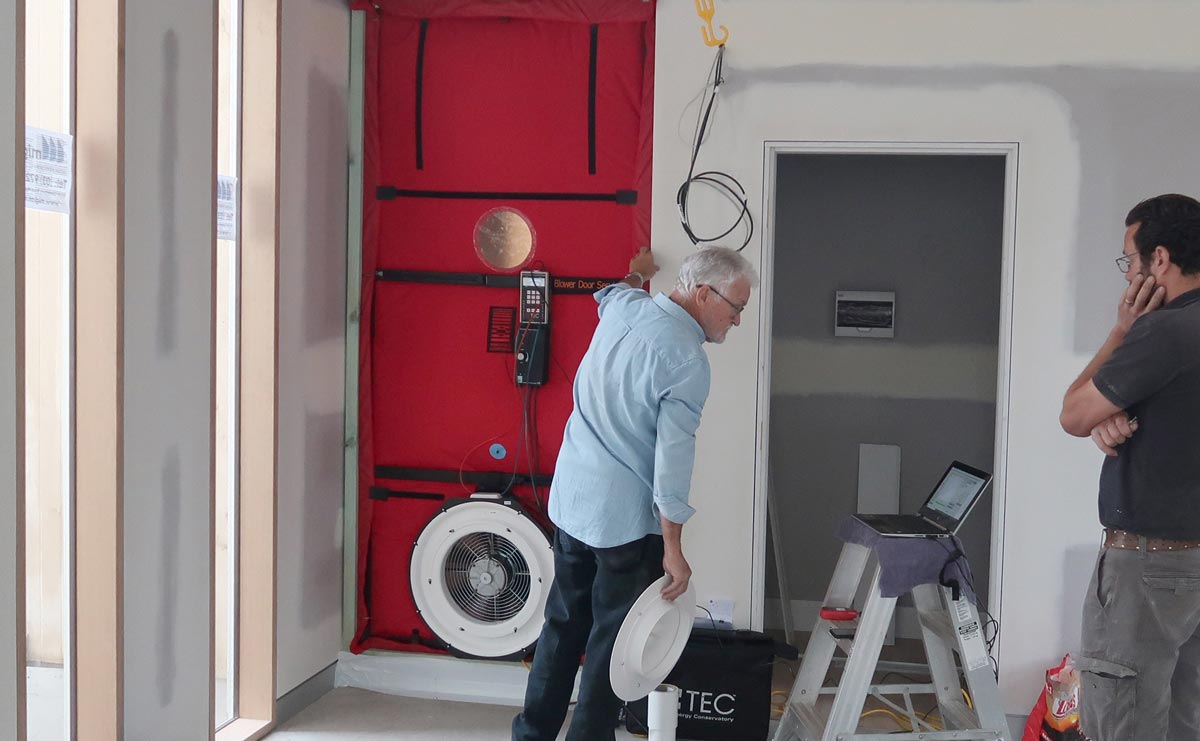Inadequate insulation and the propensity for Australian buildings, particularly houses, to literally leak air are major contributors to thermal discomfort.
The air-conditioners typically installed to correct this discomfort are expensive to buy, install and run and namely in the summer, exacerbate external conditions by releasing further heated air into the environment. An inability for the vast majority of buildings to prevent conditioned air from escaping and external air from entering is one of the key reasons that space heating is estimated to comprise approximately 40% of Australian households’ energy use and expense.
This energy use is able to be reduced significantly by improving the insulation and airtightness of buildings. Insulation differs from airtightness in that insulation acts as a barrier which slows the equalisation of the internal environment with that of the outdoors, while airtightness refers to the restriction of air flow between inside and out.
Staple building elements throughout Europe, insulation and airtightness are becoming increasingly discussed within Australia as electricity and gas prices continue to rise, and initiatives such as Passivhaus gain worldwide attention.
The insulation rating or resistance of a material is called an R-Value which denotes its thermal resistance; the higher the R-Value, the better the material is at resisting the transfer of heat from inside the building to outside, and vice versa.
The airtightness rating of a building refers to the number of complete air changes to occur within a building within the space of an hour (ACH). The typical Australian home undergoes between 15-20 ACH which may not sound too bad, until you consider that this equates to all of the air throughout the dwelling- heated, cooled or otherwise- being replaced every 3-4 minutes.
We have seen that ample insulation to the walls, floor, ceiling and roof and quality windows are great ways to improve the performance and efficiency of our projects.

